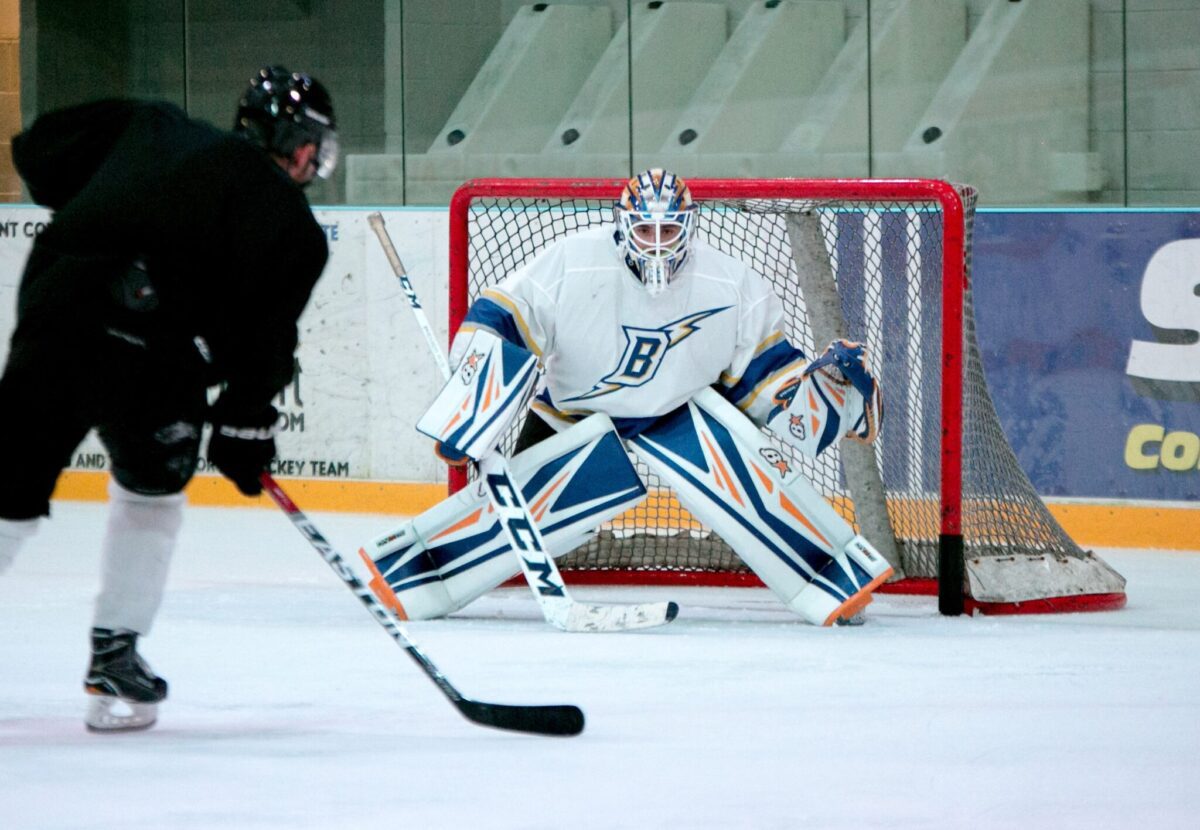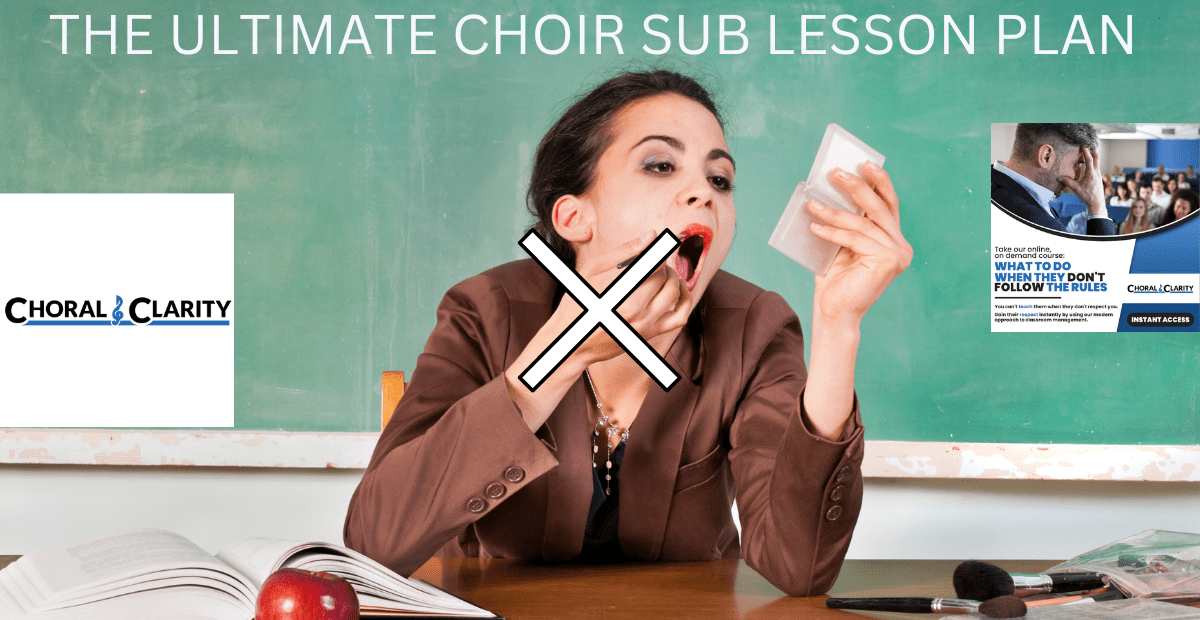Before Testing Their Sight-Singing, Assess This….
Sight-singing is not an all or nothing skill, but when it comes to assessing students one-on-one, it frequently seems like they either get it or they don’t.
Why is it that some students have spent months in our class, actively engaged with our daily sight-reading on the board, but when they sing by themselves, it’s as if they’ve never encountered sheet music before?
This is because there are prerequisite skills that students must have in order to demonstrate effective. Should they be deficient in any one prerequisite, they are likely to appear completely clueless, even though they may only be one skill away from demonstrating effective sight-singing. kinemaster PC Download
The Best Ear-Training Exercise You Will Ever Use
The reasons why students struggle and the way to overcome these obstacles are outlined in the following two blog posts: 6 Reasons Why Your Singers Can’t Sight-Sing & The 8 Steps to Prepare ALL Students to Sight-Sing.
I also recently published The “Secret” Your Weakest Sight-Singers May Be Hiding, which demonstrates why weak sight-singers could be one skill away from becoming successful.
In conjunction with my series of sight-reading and ear-training blogs I have created a rubric that allows teachers and students to understand the steps necessary to being prepared for sight-reading.
This rubric allows teachers to accurately assess the development and readiness for each student to potentially become a successful sight-singer. Ativador Windows 10
Without the completion of each skill, at an above-average level, a student will likely struggle significantly with sight-reading.
Try SIGHT READING FACTORY and save 10% using code: choralclarity
Should we still be teaching sight-singing to students who can’t successfully achieve the prerequisite skills?
Yes. Just exposing students to sight-singing will help them down the road. They may, for example, conceptually understand rhythm and note-reading, but be unable to effectively sing any pitches correctly. By practicing sight-singing in class, they will be connecting all three skills (aural, note-reading, rhythm) and as both their ear and vocal technique develop, they will make significant progress quickly.
I highly recommend making the investment into Sight Reading Factory (use code Choral Clarity to save 10% all orders). This program generates endless examples on the spot that meet our specific parameters. I use this program every single day, and swear by it. It is the easiest program to use. If you have never checked it out, click on this link and you will be able to try out the program for free on their homepage. I did this first, and it instantly hooked me.
Even though I highly recommend sight-singing every day, this doesn’t fix prerequisite skill deficiencies that many students are lacking. If we want ALL students in our class to be able to successfully sight-sing, they all must possess these individual skills at an acceptable level.
Perfect Star-Spangled Banner Arrangement for SAB (SATB) – easy to learn
My high school program is 9-12 with approximately 110 self-selected students, separated into a treble choir (all 9th-10th grade women) and a mixed choir (all 11th-12th grade women and all 9th-12th grade men). Most students continue from year to year, with only a handful of new students joining each year. By the time students are juniors they have all individually become successful sight-singers, receiving perfect score on our state’s top-level of sight-singing at the annual solo festival (just about every student chooses to compete in the All-State Solo Adjudication Festival). This occurs because we develop each prerequisite skill beginning in their freshman year. Baixar Ativador Window 7
A handful of students enter my high school choir with most or all prerequisite skills already at an acceptable level, but the overwhelming majority have deficiencies and some are severely lacking in quite a few skills.
Here are the 6 prerequisites that the rubric will be evaluating:
A – Matching Pitch
B – Singing a Scale
C – Singing patterns Do,Mi,Sol and Do, Re, Mi
D – Mastering the Aural Training Sheet
E – Note-Reading (labeling)
F – Rhythm Labeling
Simplified rubric scoring
Each prerequisite is broken down into 5 steps and is scored using a 1-5 scale. The detailed information on each step will be your guide for helping students achieve success.
Too often we think things are “all or nothing”. These 5 baby steps for every prerequisite spell out a clear and logical order for attaining skills.
Pitch-Matching Is Not a “Yes” or “No” Skill
Contrary to societal belief and the belief of many choral directors, pitch-matching is not a “yes” or “no” skill. I have read numerous comments in Facebook threads from choral directors who believe they have a percentage of tone-deaf students, and cite scientific studies that prove they are right.
Most of us have encountered adults, maybe even parents of our students, who tell us their story, similar to this one: “When I was in elementary school, I was so tone-deaf that Mrs. Smith, my chorus teacher, told me to mouth the words at the concert.”
In my 20 years of teaching at the same school, accepting all students, I have never encountered a single student who couldn’t match pitch at some level within a few brief one-on-one lessons; any student who completed one year in my choral program was able to demonstrate competence in pitch-matching. In terms of scoring on pitch-matching, any student perceived as tone-deaf would earn a score of 1 to begin the school year, but by the end of the year would earn either a 4 or 5.
This skill is not an “on-off” switch. There are tangible steps in developing the pitch-matching prerequisite, just as there are steps to singing a scale in tune, developing the ear, labeling notes on a staff and understanding rhythm.
SIGHT-SINGING DEVELOPMENTAL RUBRIC
The purpose of this rubric is to diagnose specific skill deficiencies and lay the groundwork for clear, attainable improvement in sight-singing prerequisite. These baby-steps, listed as point values within each skill, are often overlooked in the sight-singing process. The specificity of each step/score allows for both the teacher and student to have a very clear focus as to the developmental goal.
Many singers fail to improve their sight-singing skills because we, the teacher, fail to simplify all moving parts. Once we breakdown the elements needed to sight-sing, we must create a step-by-step approach to hone these skills.
The Sight-Singing Developmental Rubric will assess all 6 Prerequisites on a 1-5 scale with simple, concrete, yet detailed understanding of each scoring. Once a score is given, it becomes the singer’s beginning benchmark for that prerequisite. From there, the next successive score in that prerequisite becomes a tangible goal, as it’s specifics are spelled out. Students who earn scores below 3/5 in any category are likely to struggle significantly with the skill of sight-singing.
In order for any singer to be ready to excel in sight-singing, they must be able to earn at least a 4/5 in all 6 prerequisites (matching pitch, singing a scale, singing patterns, performing the aural training sheet, note-reading, rhythm-labeling). A 5/5 in every prerequisite means the student is ready to thrive in sight-singing.
Incidentally, if every student if your choir could effectively match-pitch, sing a scale in tune, produce pitch patterns, sing every diatonic interval, read notes quickly, and conceptually understand rhythm, wouldn’t that make for a great choir?
Snaptube PC gratis Snaptube For PC
Click here for the Ultimate Developmental Sight-Singing Rubric
Try SIGHT READING FACTORY and save 10% using code: choralclarity
Please join the Choral Clarity Facebook Community in order to converse together and share your vision!








Leave A Comment